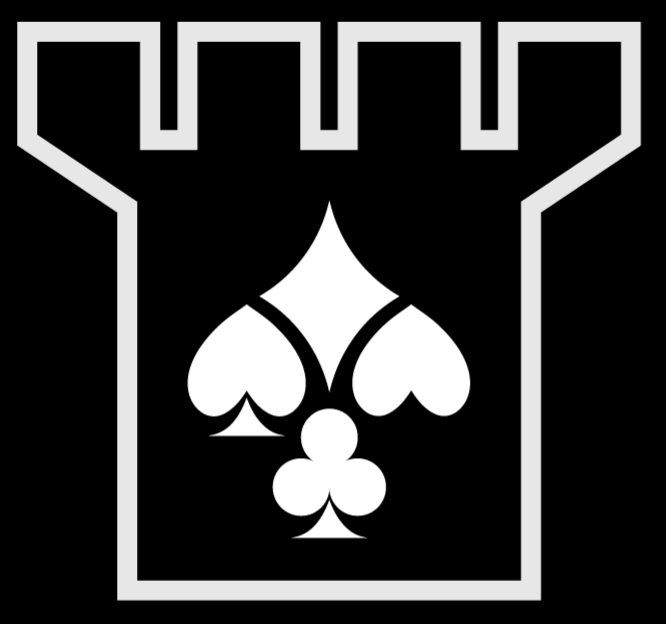


Learn to Play: Texas Hold'Em Poker
If you’re new to Texas Hold’em Poker, here’s the gist: players are dealt cards and compete to make the best hand according to the game’s rules. A dealer shuffles and deals one card at a time, moving clockwise from their left. Depending on the variant, each player may receive a different number of cards. Most games work best with 3–8 players.
Every hand includes one or more betting rounds, where players wager chips (or cash) into a central pot. The pot grows as bets are made, and players can either call, raise, or fold (drop out of the hand). If everyone folds to a bet, the last remaining player wins the pot without showing their cards—often thanks to a well-timed bluff.
If multiple players remain after the final betting round, there’s a showdown: all reveal their hands, and the strongest hand takes the pot (or splits it, in some games).
❥ DIFFICULTY: Hard
❥ PLAY TIME: 30 minutes to several hours
❥ NO. OF PLAYERS: 2 - 8 players
❥ NO. OF DECKS: 1 deck (remove jokers)
❥ OBJECTIVE
Win chips by making the best five-card poker hand or by getting all other players to fold.
❥ The Blinds
In Texas Hold’em, a marker called the dealer button shows who is dealing the current hand. The player to the left of the button posts the small blind (a forced bet), and the next player posts the big blind (usually twice the small blind, though amounts vary by stakes).
❥ The Deal
After posting blinds (and antes, if any), each player is dealt 2 private cards face-down (aka hole cards). Betting starts with the player under the gun (to the left of the big blind) and moves clockwise.
❥ Pre-Flop
After receiving hole cards, players can take the following actions:
Check – Pass the action to the next player without betting. If all players check, the round ends and the next card is dealt.
Call – Match the current bet by adding the same amount of chips to the pot.
Raise – Increase the current bet (up to the table limit, if any).
Fold – Give up your hand and forfeit any chips already in the pot. Folded cards should be placed face-down.
All-In – For players who are low on chips and cannot afford to raise a bet or to have their bet raised, they bet all their remaining chips. They stay in the hand but cannot be forced out by future raises. Extra bets form a side pot, which they’re not eligible to win. At showdown, either:
- Another player beats them and takes the main pot + side pot, or
- They win the main pot, and the side pot goes to the next-best hand.
Action starts left of the big blind, which counts as a live bet. For example, if the big blind is Rs. 100, calling costs Rs. 100 and raising requires at least Rs. 200. Betting continues clockwise until all active players have matched the same amount in the pot.
❥ The Flop
Three community cards are dealt face-up on the board—this is called the flop. Betting starts with the active player left of the dealer button. Players can check, call, raise, or fold as in pre-flop.
❥ The Turn
The turn (fourth community card, aka Fourth Street) is dealt face-up. Another round of betting begins clockwise from the button.
❥ The River
The river (fifth and final community card, aka Fifth Street) is dealt face-up. A final round of betting follows, with the same options as before.
❥ The Showdown
If more than one player remains after the river, hands are revealed. The best five-card hand according to the Poker Hand Rankings (see page 12) wins the pot. If hands tie, the pot is split. Suits are all equal in Texas Hold’em.
After the pot is awarded, a new hand begins. The dealer button moves clockwise, blinds and antes are posted, and players are dealt fresh cards.
We've created a handy downloadable file that outlines the essential poker hand rankings in a clear, easy-to-follow format, so you can have them on hand (pun intended!) during your next poker session.
Download the Poker Hand Rankings guide for future reference!








